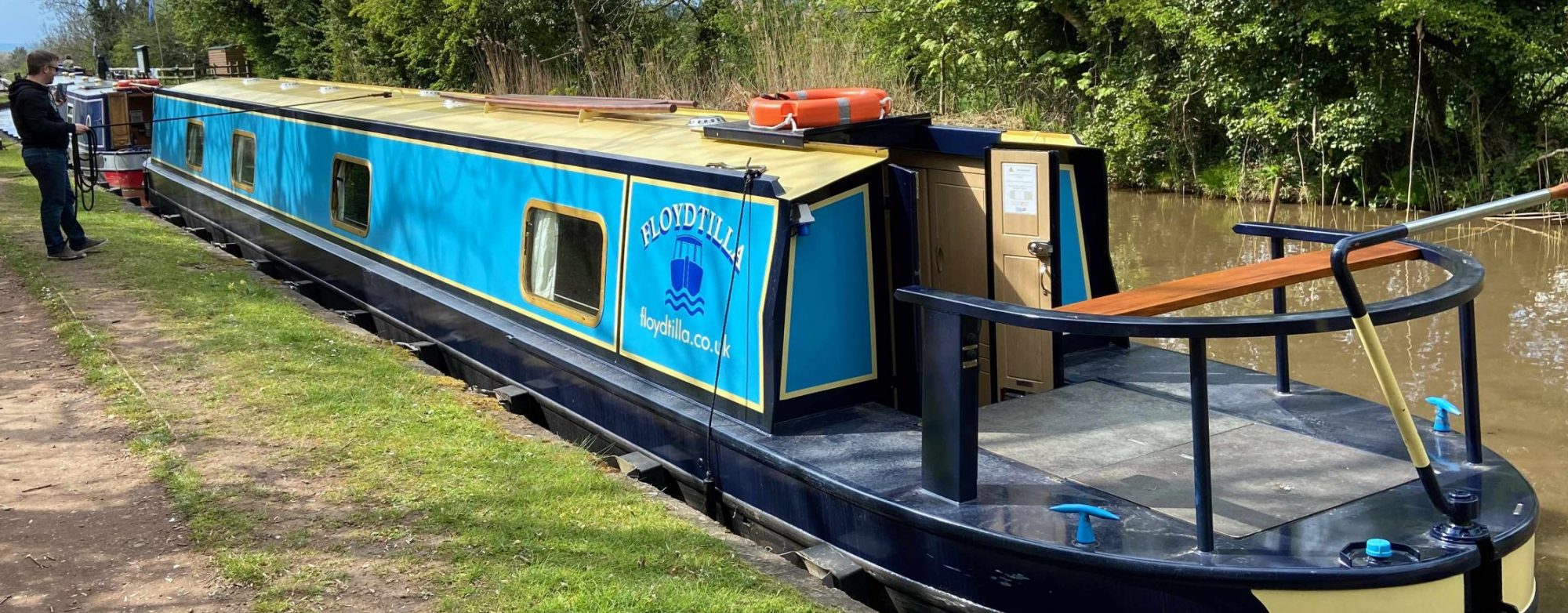The Gloucester & Sharpness Canal is a remarkable waterway that stretches approximately 16 miles (25.7 kilometers) from the historic city of Gloucester to the port of Sharpness, on the estuary of the River Severn. Completed in 1827, this canal was designed to facilitate the movement of goods and raw materials, particularly coal, timber, and agricultural produce, bypassing the treacherous waters of the River Severn.
History and Development
The canal was constructed as part of the broader efforts to improve trade and navigation in the region during the early 19th century. It was initially promoted by the Gloucester and Sharpness Canal Company, with construction taking about six years to complete. The canal’s opening significantly enhanced trade opportunities for Gloucester, establishing it as a key port town in the southwest of England.
Locks and Navigation
The canal features a total of 8 locks, including the significant New Dock Lock in Gloucester, which allows vessels to access the tidal waters of the River Severn. These locks help manage the water levels and facilitate navigation along the canal, making it accessible to a variety of vessels, from leisure boats to larger commercial barges.
Connections to Other Waterways
The Gloucester & Sharpness Canal connects directly to the River Severn at its southern end, allowing for navigation between the canal and one of the longest rivers in the UK. The canal also links with the River Avon via the Bristol and Gloucester Canal, which provides additional routes for boats and enhances the network of inland waterways in the region.
Interesting Features
One of the canal’s standout features is the impressive Sharpness Docks, which was built to accommodate larger vessels and handle increasing trade demands in the late 19th century. The docks have since been modernized, retaining their significance as a vital transport hub.
Wildlife thrives along the banks of the canal, with many areas designated as Sites of Special Scientific Interest (SSSIs). The canal’s tranquil environment is home to diverse bird species, including kingfishers and herons, making it a popular spot for nature enthusiasts.
The canal is also known for its picturesque scenery, with charming villages and historic landmarks dotting the route. Notable sites include the Victorian-style Severn Railway Bridge, which provides a striking backdrop, and the fascinating remains of the old wharves and warehouses, which echo the canal’s vibrant industrial past.
Overall, the Gloucester & Sharpness Canal is not only a vital artery for trade and transport but also a scenic and historically rich waterway that continues to be a beloved destination for boaters and nature lovers alike.

